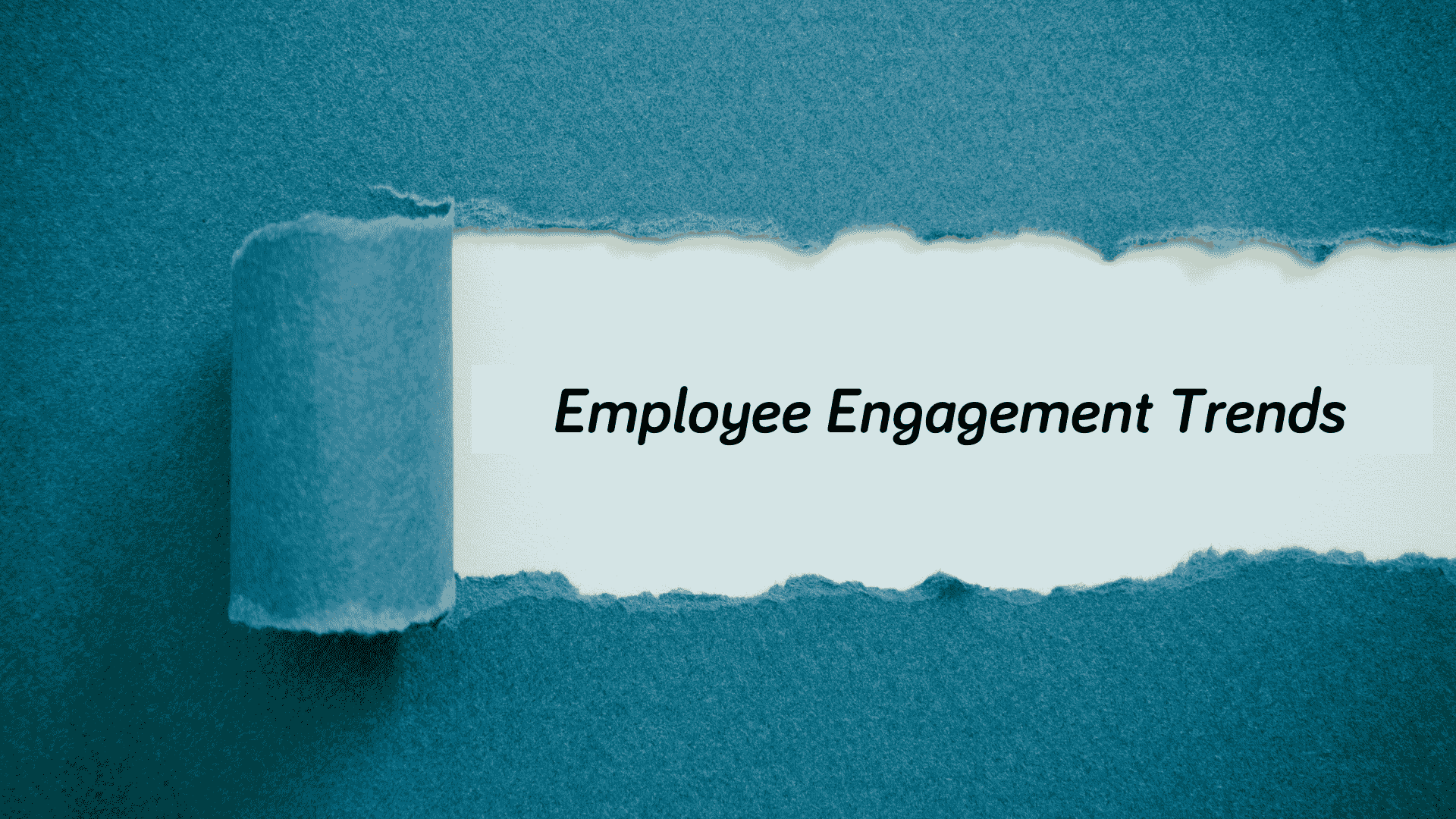More Workers Seek GP Support for Work-Related Stress and Burnout
November 1, 2021Categorised in: Employee Benefits, Employee Wellbeing, News
New statistics reveal a tidal wave in employee demand for health and mental health support as workers succumb to work-related stress and burnout.
The number of UK workers accessing the confidential employee mental health support services available via our wellbeing and benefits app Engage has risen by 155%.
Other research* has found that 92% of UK GPs report a rise in patients seeking help for work-related stress since the onset of Covid, with a separate study** revealing that nearly one in three (29%) people have taken time off work for mental health reasons.
Employers are being warned to keep a close eye on staff, in particular to look-out for signs of ‘technostress’, which can lead to anxiety, burnout and depression.
“Workers are under unprecedented pressure to maintain productivity and efficiency,” explains David McCormack, our CEO, as this year’s International Stress Awareness Week gets underway.
“This is triggering a number of worrying mental and emotional issues from the stress and negative psychological impact of so much online working and virtual meetings, which is still more than ever, despite the return to the office for many, and the trend for hybrid working.
“This means that there is not just the risk of stress and general burnout, but the specific issue of technostress.
“The main symptoms to look for are fatigue, irritability, insomnia and fragile mental health,” he says, “and the effects of Technostress which are commonly frustration and feeling overwhelmed and ineffective.”
David believes the situation is set to get worse as the struggle to recruit and retain staff is putting the existing workforce under even more pressure: “Demand for workers is the highest since 1997, with 69% of UK companies reporting talent shortages and difficulty hiring.”
Providing the tools and benefits that support employees’ happiness and wellbeing is a must, David adds: “It’s essential worker’s health and wellbeing is at the heart of a company’s culture. The key is a strong digital culture and clear strategy on technology use, and creating an employee benefits programme that is in-tune with what they want, when they need it,” he says.
Six ways to help workers prevent and overcome technostress:
- Assess the risk: get a clear picture of the current situation. Many digital communication platforms offer a tool that without invading employees’ privacy, allow investigation of key insights on productivity trends, tools used and ‘screen time’. This provides an idea of extra time spent on new tools, especially outside of usual work hours, and if employees may be struggling.
- Raise awareness: one of the biggest ways to combat any kind of mental health issue in the workplace is to raise awareness of it, so ensure all employees know the signs, causes and dangers of technostress.
- Encourage work:life balance: to avoid technostress, employees should be encouraged to switch off from work at home, i.e., don’t reply to work emails outside of work hours. By allowing employees to disconnect from work, they’ll be happier, healthier and more productive.
- Training: sufficient, accessible resources and training for technology and mental health awareness for managers is key.
- Review processes and procedures: adjust and re-design workdays to avoid unnecessary workload. This is vital in the current predominantly home-based working model, as it helps consider external stressors and factors that may not have impacted procedures and policies prior to COVID-19.
- Reduce unnecessary communication: current levels of communication with colleagues, teams, clients and suppliers are unprecedented, but sometimes there is an expectation that people will respond all the time, bringing a risk of overloading team members, so strive to minimise unnecessary communication to help reduce the associated stress.
*Survey by Censuswide
**2021 Mental Health, stress and quitting smoking study (Vape Club)
This article was originally posted by London News Today which you can view here, and HR Review which you can view here.




